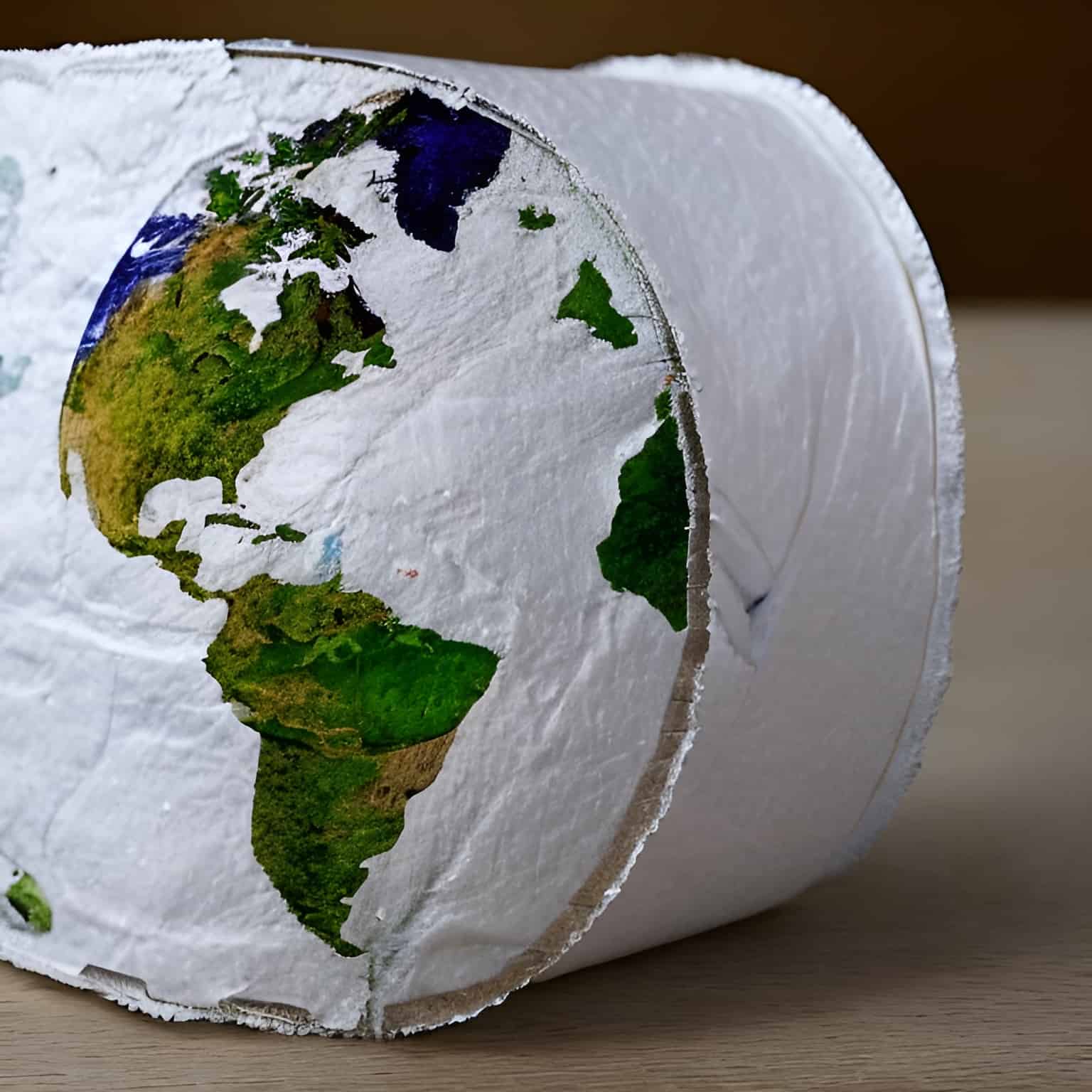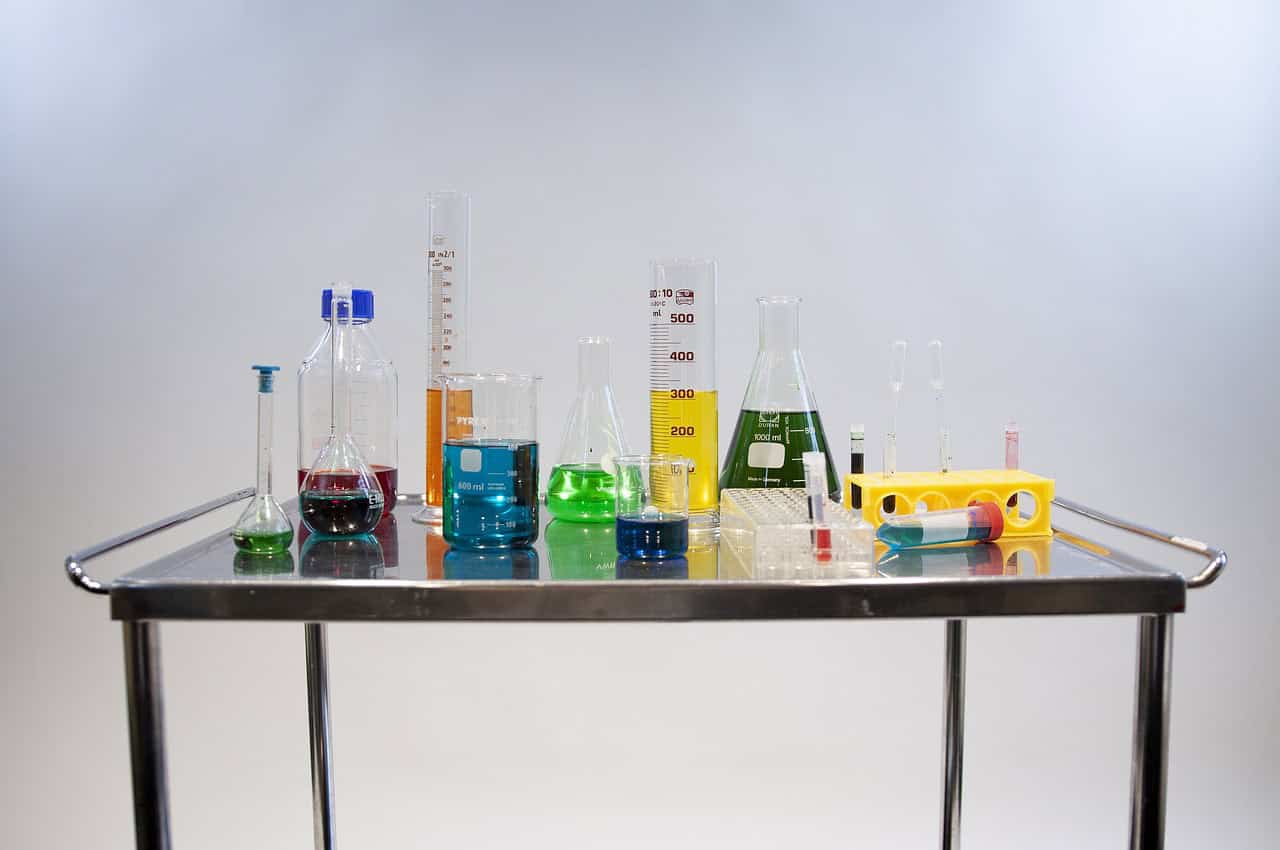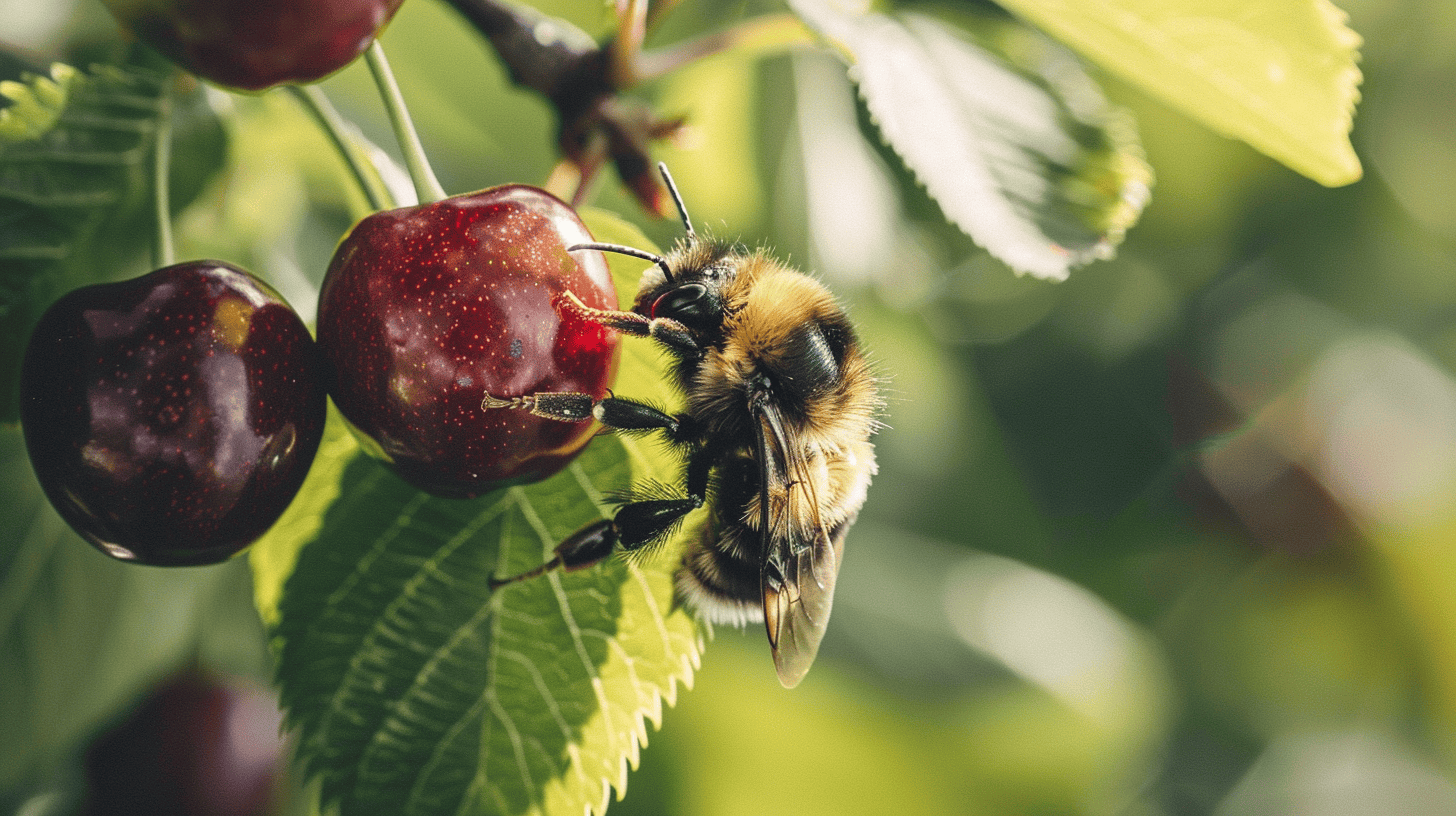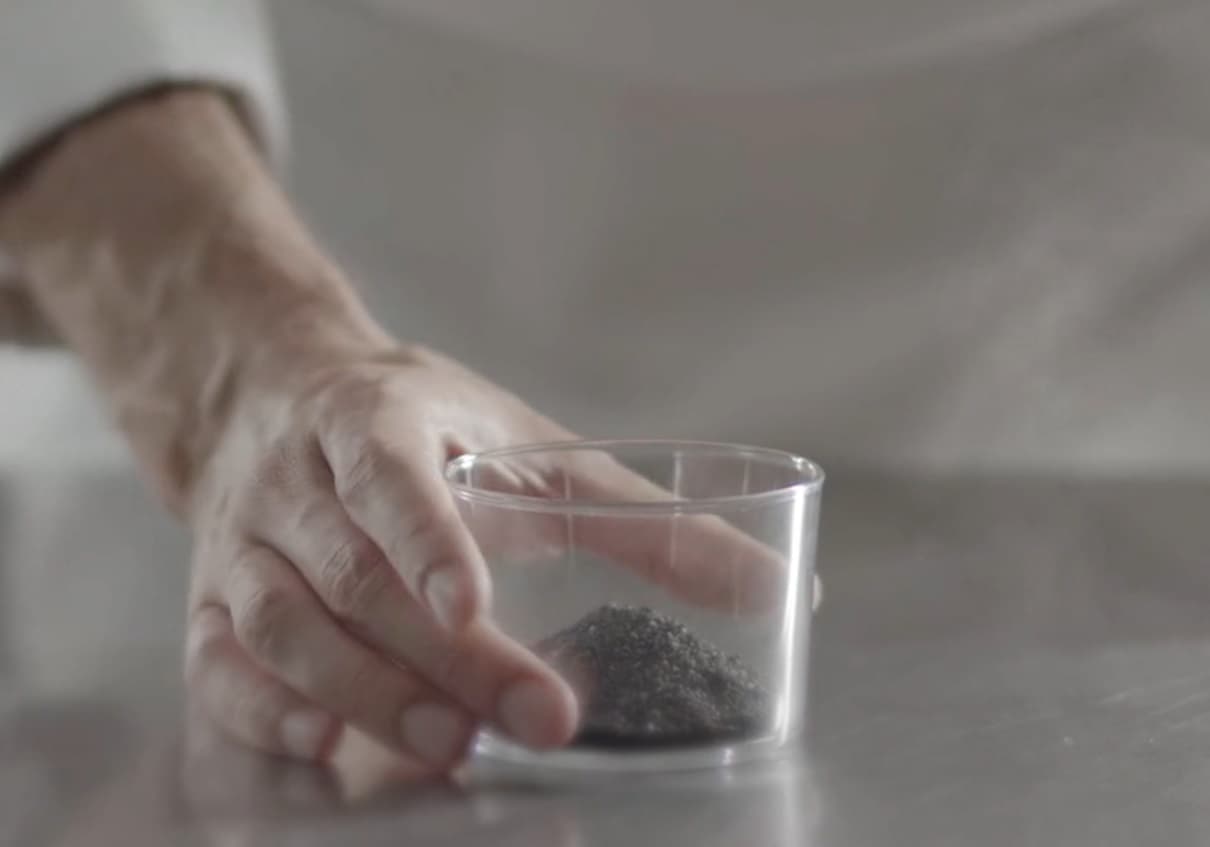
Toilet paper may be a significant source of PFAS in wastewater treatment systems, according to a study by researchers from the University of Florida. The team tested toilet paper products sold in Africa, the Americas, and Europe, as well as sewage samples from eight wastewater treatment plants in Florida, and found that non-organic toilet paper and products made from recycled fibers were major sources of forever chemicals.
Per- and polyfluoroalkyl substances (PFAS) are a family of over 9,000 man-made chemicals, which were first introduced in the late 1930s and have since been found in a variety of products, such as stain-resistant carpeting and fabrics, cleaning products, cosmetics, and nonstick cookware.
PFAS are known to be extremely resistant to breaking down in landfills, making them particularly hazardous to the environment. They can contaminate sources of drinking water for both humans and animals, leading to health concerns.
Toilet Paper Found to Contribute Up to 89% of PFAS
The University of Florida team tested toilet paper products sold in Africa, the Americas, and Europe, as well as sewage samples from eight wastewater treatment plants in Florida. They found that for one specific type of PFAS—called “disubstituted polyfluoroalkyl phosphates” (diPAPs)—toilet paper contributes about 4% of it to sewage in the United States and Canada, 35% in Sweden, and up to 89% in France.
The study findings were reported in the American Chemical Society’s journal Environmental Science & Technology. It is the most common type of PFAS detected in both toilet paper and wastewater sludge.
Reducing PFAS Pollution from Toilet Paper
Since toilet paper is now known to be a major source of PFAS entering our wastewater systems, steps must be taken to reduce its contribution. The team suggests switching from conventional toilet paper to organic or recycled fiber products. Organic fibers break down more quickly than conventional fibers, reducing the amount of PFAS entering the environment.
In addition, changing production practices can also help reduce the amount of PFAS entering our environment. Currently, many manufacturers use coatings containing PFAS to make their products soft and smooth. But alternative technologies exist that can help reduce the amount of PFAS used in production.








